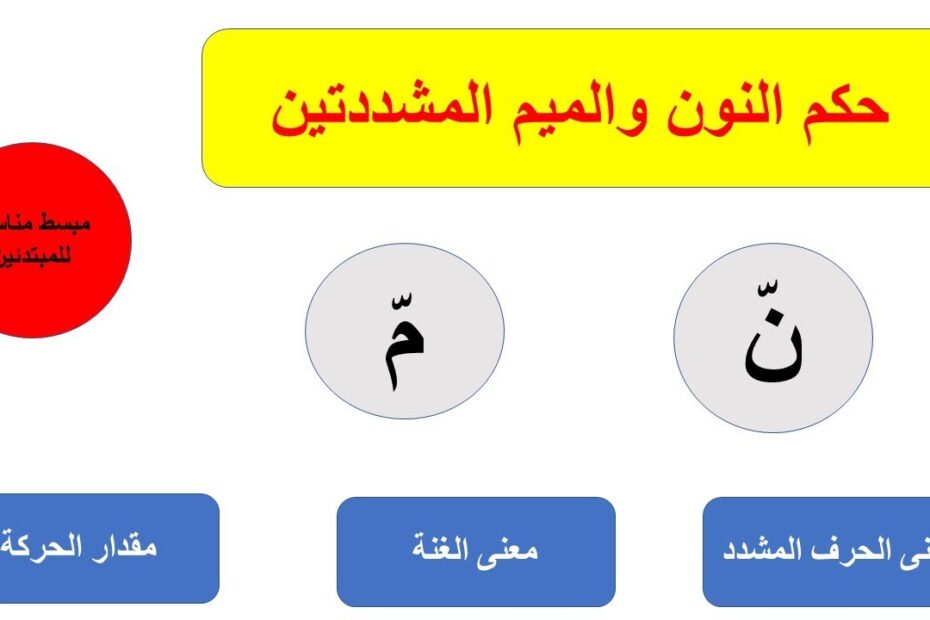Tajweed is the science of perfecting the recitation of the Quran through precise rules. Among the important tajweed rules are those governing the “Noon” (ن) and “Meem” (م) when they carry a shaddah (شدة), or emphasis. Understanding these rules helps improve the quality of Quranic recitation, a skill highly valued by every Muslim. In this article, we will explore the tajweed rules related to Noon and Meem with shaddah, and the importance of applying these rules in proper Quranic recitation.
What are Noon and Meem with Shaddah?
Noon and Meem with shaddah are two letters that are pronounced with emphasis, indicating that they are doubled (one letter merges into another identical one). The shaddah symbol is placed above the letter to indicate this. When reciting these letters with a shaddah, one must apply the rule of “ghunnah” for a specific duration.
Tajweed Rules for Noon and Meem with Shaddah
Both Noon and Meem with shaddah share the same tajweed rule, which is the application of “ghunnah” for two beats.
- Ghunnah (Nasalization): Ghunnah is a nasal sound that is produced during the pronunciation of Noon and Meem with shaddah. This sound must be prolonged for two beats, ensuring that the proper amount of nasalization is achieved during recitation.
- Articulation Points: The articulation point of Noon is the tip of the tongue placed against the gums of the upper front teeth, while the Meem is articulated by bringing the lips together. When these letters are emphasized (due to shaddah), the ghunnah becomes an essential part of their articulation.
- Correct Pronunciation: To properly pronounce Noon and Meem with shaddah, the reciter must avoid exaggerating the ghunnah or cutting it too short. The goal is to maintain a balanced recitation, ensuring a smooth and fluent flow of sounds.
Examples from the Quran:
- Noon with Shaddah: “إِنَّا أَعْطَيْنَاكَ الْكَوْثَرَ” (Indeed, We have granted you al-Kawthar) – Notice the ghunnah on the Noon with shaddah.
- Meem with Shaddah: “عَمَّ يَتَسَاءَلُونَ” (About what are they asking one another?) – Here, the ghunnah is clear on the Meem with shaddah.
The Importance of Ghunnah in Recitation:
Ghunnah is an integral part of the proper recitation of the Quran. It adds a distinctive beauty to the recitation and creates a rhythmic sound that enhances the overall quality. A reciter who follows the rules of ghunnah demonstrates precision and skill in Quranic recitation, fostering a deeper spiritual connection to the sacred text.
Conclusion:
The tajweed rules for Noon and Meem with shaddah are fundamental to the proper recitation of the Quran. Learning and applying these rules will not only improve the accuracy of one’s recitation but also enhance the overall quality and flow of the recitation.
